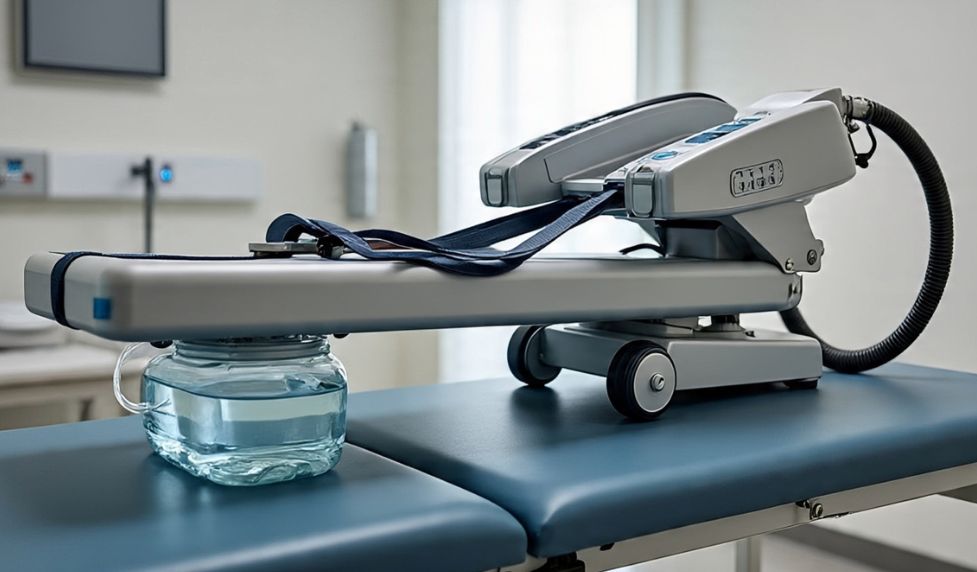Neck pain shows up a lot. Bad posture, repetitive movements over and over, or wear-and-tear stuff like slipped discs and arthritis can cause it. One way people try to fix it without surgery is with traction devices. The idea is simple; pull the neck gently, create some space between the vertebrae, allow the discs and nerves to relax, and thereby reduce the discomfort in the area.
A cervical traction device provides a non-invasive solution by gently stretching the neck and creating space between vertebrae. The pressure drops and the muscles relax. Many people say they help to reduce pain, they can turn their head more, and blood flow is improved. While nothing is a cure-all; these devices address the root cause of the problem instead of just covering managing the symptoms with medication.
Key Features to Consider
If you look at buying a traction unit, there are a few things to keep in mind. First, you want a device that you can change the pull strength; too much at once can feel uncomfortable or even painful. Adjustable tension lets you start small and increase it as you get used to it. Second, the parts that make contact with the head and neck should be padded – a hard metal bar will just dig in. Third, the machine should be easy to use. Portability matters too; a big bulky frame sits in a corner and gets ignored.
Safety Guidelines and Best Practices
Safety is not something you can forget. Talk to a doctor or a physical therapist first, as they can tell you if traction is okay for your specific neck condition or if you may have problems that could lead to issues with using a cervical traction device. Start with short sessions, maybe ten minutes, and see how you feel.
If you feel dizzy, your head feels strange, your neck hurts more, or nerves go numb, stop right away. A good device moves smoothly and evenly, with no sudden or jerky pulling.
Enhancing Results with Healthy Habits
Traction devices work best when you also change everyday habits. Check your posture while you sit at a desk. Simple neck stretches every few hours help keep the muscles loose. Strengthening the shoulders and upper back with light resistance bands can give the neck something solid to support it. Changing the pillow you sleep on or the chair you use can keep the spine in a better position when sleeping or sitting.
Doing Your Research Before Investing in a Cervical Traction Device
Buying a traction device is investing money into your comfort and wellness. When you are looking at the options, you should check things like weight limit, how many settings it has, and whether the straps stay tight enough. Also, safety and a good fit matter a lot.
And If you pair the machine with small, daily habits like a straight back at your desk and a quick walk every couple of hours, the device can become a longer-term spinal health routine, leading to a higher quality of life. However, it’s worth remembering that a cheap unit might break or cause strain, so make sure you are purchasing a quality device.




